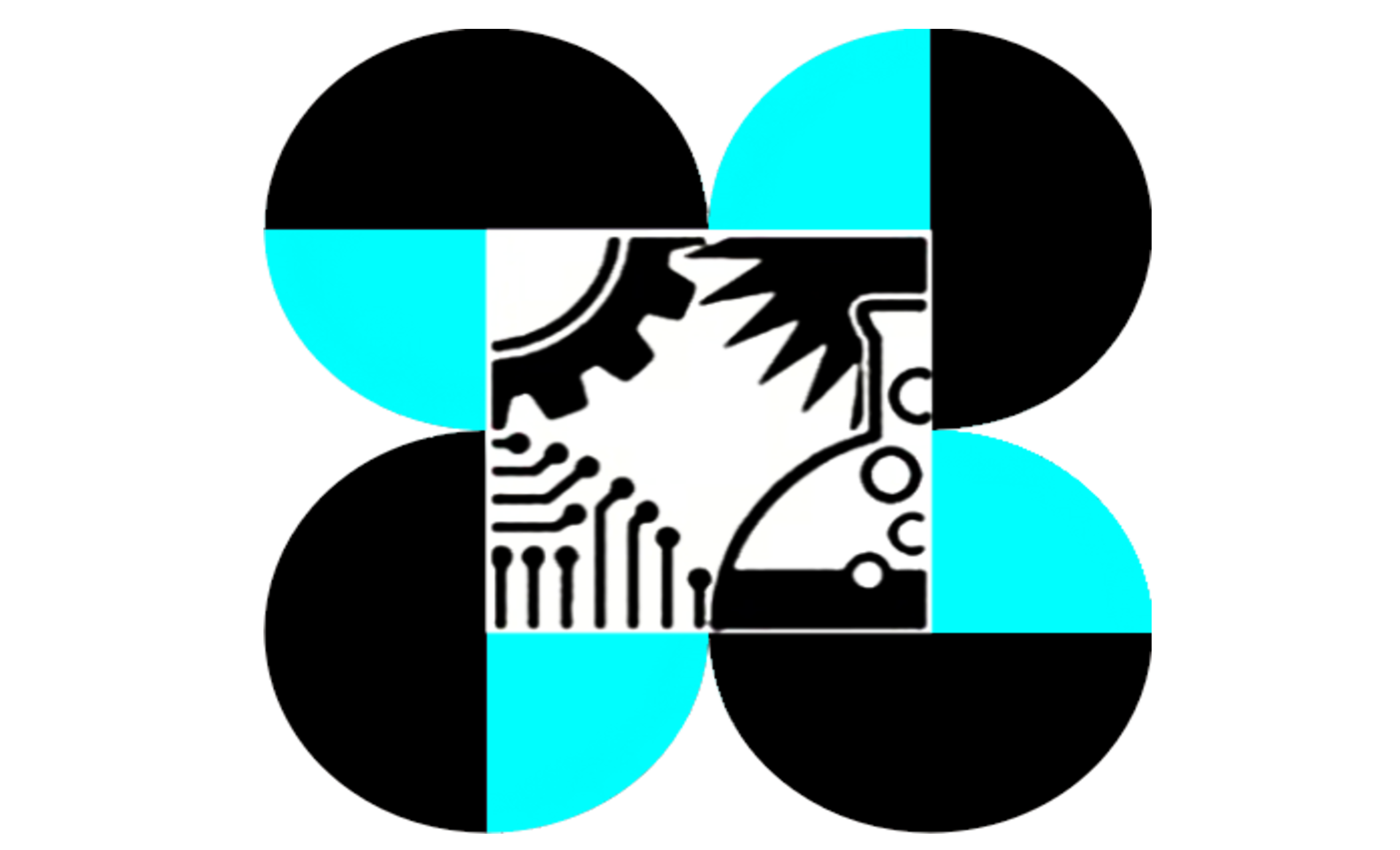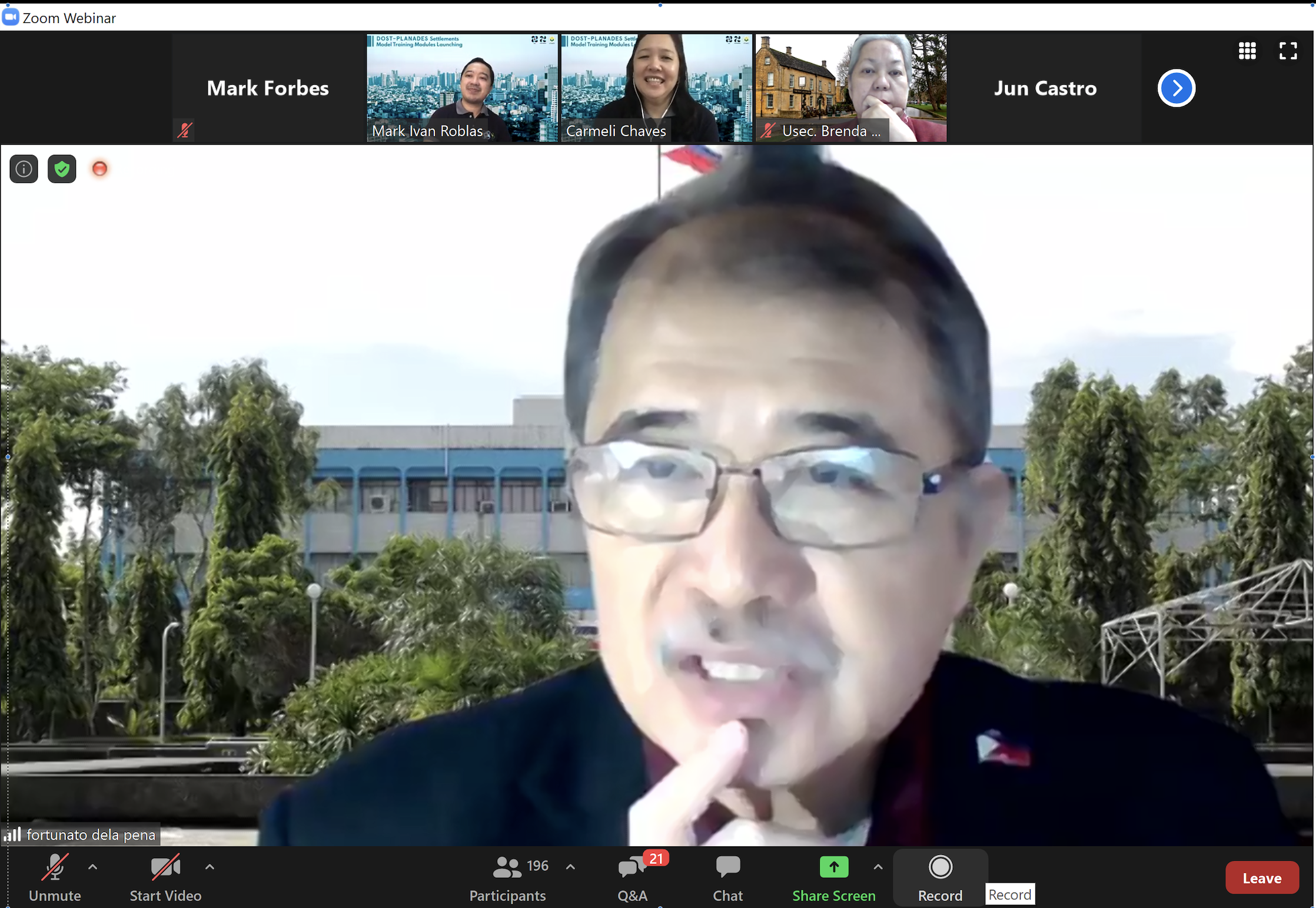The Department of Science and Technology – Philippine Council for Industry, Energy and Emerging Technology Research and Development (DOST-PCIEERD) announced on Monday (July 20, 2020) the 16 shortlisted applicants for its fourth edition of the Young Innovators Program.
DOST-PCIEERD Executive Director Dr. Enrico C. Paringit commended the young innovators for sharing their innovative ideas and working hard to meet any challenge.
“Congratulations to the shortlisted applicants! They are moving closer to make greater things and I hope that they stay constantly motivated,” he said.
The National Capital Region (NCR) bagged the most number of shortlisted applicants consisting of seven (7), followed by Region III, IV-A, XI and XI, each with two (2) shortlisted applicants, and Region V with one (1) shortlisted applicant.
Paringit said the Council will remain committed in honing, supporting, and preparing the next generation to thrive in the future.
“The Council, as leader and preferred partner in Science, Technology, and Innovation, will continue supporting our younger generation who aspire to transform and rebuild the Philippine society. The young people’s incredible commitment in coming up with these researches makes me optimistic about the future of the scientific community. We value their drive, grit, and deep sense of purpose when it comes to solving problems,” said Paringit.
The Young Innovators Program (YIP) is a research support program of DOST PCIEERD that provide grants to promising young innovators who want to take on pioneering works fostering quality research paper, publication or products, or inventions. This 2020, the Innovation Council shortlisted 16 applicants out of 92 proposals received last June 15.
Selected YIP grantees will receive support of up to P800,000 for their research, which includes honorarium for the teachers and the students, laboratory expenses, and testing consumables.
Here is the full list of YIP shortlisted applicants:
Environment and Pollution Control
- 1. Shock Electrodialysis Apparatus (S.E.A.)
PSHS-Main Campus
This project seeks to provide a more accessible source of clean freshwater by creating a compact desalination device which uses shock electrodialysis technology to desalinate saltwater
Team Members: Paris Miguel U. Bereber, John David F. Magnaye, and Davis Nicholo A. Magpantay
Mentor: Engr. Boon Kristoffer P. Lauw
- 2. Fungal chitosan- based Microbeads: A Heavy Metal Soil-based biobsorbent
Polytechnic University of the Philippines - Sta Mesa
The study aims to innovate fungal chitosan microbeads to help treat a heavy metal polluted soil-
Team Members: Irah Faye B. Garzon, Raven Elyze E. Laurella, and Ghimel P. Espinosa
Mentor: Dr. Lourdes V. Alvarez
- 3. Landfill Bioremediation through Biodegradative activities of Pleurotus ostreatus (Oyster Mushroom) to High Density Polyethylene (HDPE)
Angeles University Foundation Integrated School
The study is aimed at determining a more ecological approach to address plastic garbage concerns.
Team Members: Nikka C. Banez, Princess Angelica S. Besonia, Kyla Carmina F. Consul, Jules Hyacinth B. Macasaet, and Ma. Angelica D. Gomez
Mentors: Dr. Analiza J. Molina and Mr. Emmanuel Carbungco
ICT, Electronics and Semiconductor
- 1. Abot (Anti-Biohazard Robot): Arduino Based Internet of Things Robot Controlled by Mobile Phone via Blynk for Waste Collection and Disinfection by Using Mist Fogging System Designed for Biohazarad Wastes
Navotas National Science High School
The project seeks to build a robot that will collect the waste products of COVID-19 patients and suspected ones.
Team Members: John Emmanuel G. Javines
Mentor: Mr. Don King O. Evangelista
- 2. Arduino-based Physical Distancing Face shield for the Visually Impaired
South Hill School, Incorporated
The project is aimed at making special face shields for visually impaired individuals to protect them from airborne infections.
Team Members: Renzo Batacan, Francis Sean Trillana, Rafael Carlos Landicho, Jerome Christian Borines, and Jonathan Peria
Mentor: Engr. Amando Perfecto Dela Cruz Molin
- 3. SNAP: A Facial Recognition System for Contact Tracing
MSU - General Santos City
This project will develop a system that provides a more efficient and convenient way of contact tracing by using image processing.
Team Members: Mark John Lerry Casero, John Rannilo Ortiz, and Lloyd Jayson Ca-ong
Mentor: Dr. Cristina P. Dadula
- 4. An Application of Artificial Intelligence and Robotics in Preventing Covid-19 Cross Infection in Philippine Hospitals
Mapua University
The research is focused on determining the key factors contributing to cross contamination and the underlying root causes that warrant the use of artificial intelligence technology and robotics.
Team Members: Alliah Jae G. Vasquez, Jasper D. Tibong, and Jay Van N. Villaflor
Marvin I. Norona
Mentor: Mr. Marvin I. Norona
- 5. SPHERE: An Ultra-wideband Technology-based Innovation for Search and Rescue Operations in the Philippines
Mapua University
the study is aimed at developing a device will hasten the search phase of the search and rescue activity in locating victims and survivors underneath debris and heavy mudslides in the soonest of time and least effort.
Team Members: Ma. Cathyrine Ravina, Denisse Joy Dayao, and Janela Zambrano
Mentor: Mr. Marvin I. Norona
- 6. The study of a systematic and efficient device called SALER PADAR (System of Accurate and Logistically Effective Relief in times of Pandemic and Disaster and Risk Reduction) in terms of the distribution of relief goods during a crisis
Filemon T. Lizan Senior High School
The project aims to create a system to aid the government in the distribution of relief goods using the integration of GSM system and the bar code system.
Team Members: Fererico D. Chavez III and Deowin A. Bagkus
Mentor: Engr. Anthony V. Abesado
- 7. SAKAY NA: An App-Based System Approach in the Reduction of Commuter Build-up and Sidewalk Congestion
Mapua University
The study will explore the different factors that will rationalize a consortium lead initiative in giving real time information exchange to have a seamless commute of people and products.
Team Members: Lorentz Benedick Angelou V. Miranda, Allysa L. Yu, and Darryl P. Pescador
Mentor: Mr. Marvin I. Norona
- 8. FIBER: Fabric Installed Body Energyharvester via Raspberry Pi
University of Nueva Caceres
The project aims to create a wearable energy harvesting device that can generate electric power from the foot step movement.
Team Members: Jonna Mae E. Bagasbas, Jerome S. Del Castillo, and Modesto D. Remo Jr.
Mentor: Engr. Edgardo N. Martinez
Material Science
- 1. PROJECT LINGAP LANGHAP: A Low-cost 3D Printed Air Purifier System using Activated Carbon Biomass Filter and Philippine Bamboo Exterior
PSHS-Central Luzon Campus
The study seeks to develop a low-cost indoor air purifier using activated carbon biomass filter.
Team Members: Carlos Jerard Dela Cruz, Jan Paolo Pineda, and Maria Michaela Tumonong
Mentor: Mr. Joel Bautista
Metals and Engineering
- 1. Design and Development of Kulintang Manufacturing Machine
PSHS-SOCCSKSARGEN
Project description: The research aims to design, fabricate and evaluate kulintang manufacturing machine.
Team Member/s: Kriestienne Marie Jyka D. Garcia, Maita T. Pedrajas, and Jule Cyrus F. Arabit
Mentor/s: Engr. Jefrey M. Bagasbas
Nanotechnology
- 1. Hg and Pb Detection Kit Utilizing DLimonene from Sweet Orange (Citrus sinensis) Peelings
University of Mindanao - Main
This project aims to make an easy and efficient Hg and Pb detection kit for water sources contaminated by mining wastewater
Team Member: Steph Kier S. Ponteras
Mentor: Dr. Chosel P. Lawagon (BSP Awardee)
- 2. Synthesis of nanocellulose from durian rinds and nanosilica from rice hulls for the preparation of a self-healing smart concrete with augmented mechanical properties
University of Mindanao - Main
The study aims to lessen the occurrence of cracks in cement-based products through upgrading self- healing ability of the cementitious matrix using nanocellulose from durian rinds and nanosilica from rice hulls
Team Member: Ivanbert Y. Damasco
Mentor: Dr. Chosel P. Lawagon (BSP Awardee)
Renewable Energy and Energy Storage Solutions
- 1. Proton-Exchange Membrane (PEM) Fuel Cell Using Electrode Processed from Kaong Waste Product
Cavite State University
This project will utilize sugar palm (kaong) waste product to produce potable water from wastewater and serve as a voltage source.
Team Members: Alexis Anne Cruto Bonus, Renz John Kurt Sorrera Reyes, and Vien Isabella Roraldo Rom
Mentor: Ms. Sheryl D. Fenol
The winners of the grant will be announced on September 22, 2020. Stay tuned to DOST-PCIEERD social media accounts for more updates and/or send an email to
This email address is being protected from spambots. You need JavaScript enabled to view it. for inquiries.








